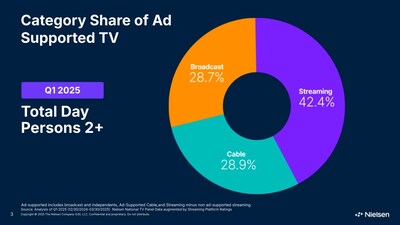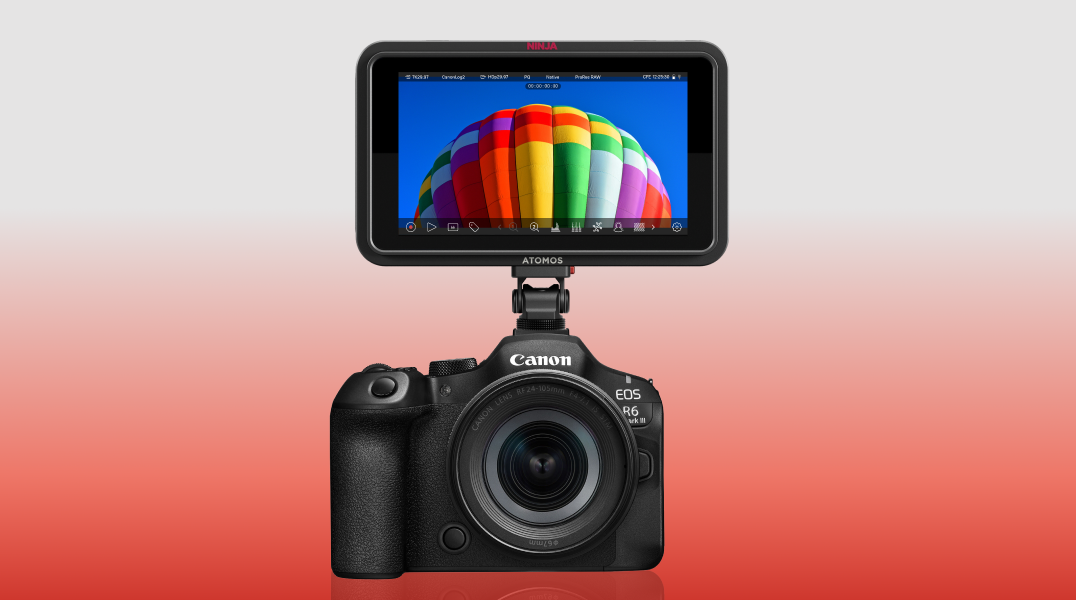Nielsen: Most TV Viewing Is On Ad-Supported Services
Nielsen’s new The Ad-Supported Gauge data find ad-supported streaming tops both broadcast and TV viewing

NEW YORK—Nielsen has launched The Ad-Supported Gauge, a new quarterly report that provides a comprehensive look at the portion of television that delivers advertising across broadcast, cable and streaming.
Initial data from the service shows that ad-supported offerings still dominate TV viewing and that ad-supported streaming platforms account for a significantly larger share of TV viewing than broadcast or cable.
The good news for broadcasters in the run-up to the 2025 upfronts is that in Q1 of 2025, nearly three-quarters (72.4%) of TV viewing was on ad-supported platforms, compared to 27.6% for ad-free platforms.
But ad-supported streaming platforms account for a significantly larger share of TV viewing, accounting for 42.4% of ad-supported TV viewing. “Traditional TV” (cable and broadcast) is tied at about 29% to account for about 58% of total ad-supported TV.

“Every day, our clients use our data to make informed decisions about their business. As we head into the Upfront, this ad-supported layer to our industry-defining Gauge report provides deeper levels of analysis to help guide advertising strategies,” Nielsen CEO Karthik Rao said.
The new insights are made possible by enhancements to Nielsen Streaming Platform Ratings that leverage the Streaming Meter, which is available to subscribers. The Ad-Supported Gauge provides a quarterly view of the landscape, with the next edition available ahead of the fall TV season.
The professional video industry's #1 source for news, trends and product and tech information. Sign up below.
George Winslow is the senior content producer for TV Tech. He has written about the television, media and technology industries for nearly 30 years for such publications as Broadcasting & Cable, Multichannel News and TV Tech. Over the years, he has edited a number of magazines, including Multichannel News International and World Screen, and moderated panels at such major industry events as NAB and MIP TV. He has published two books and dozens of encyclopedia articles on such subjects as the media, New York City history and economics.

